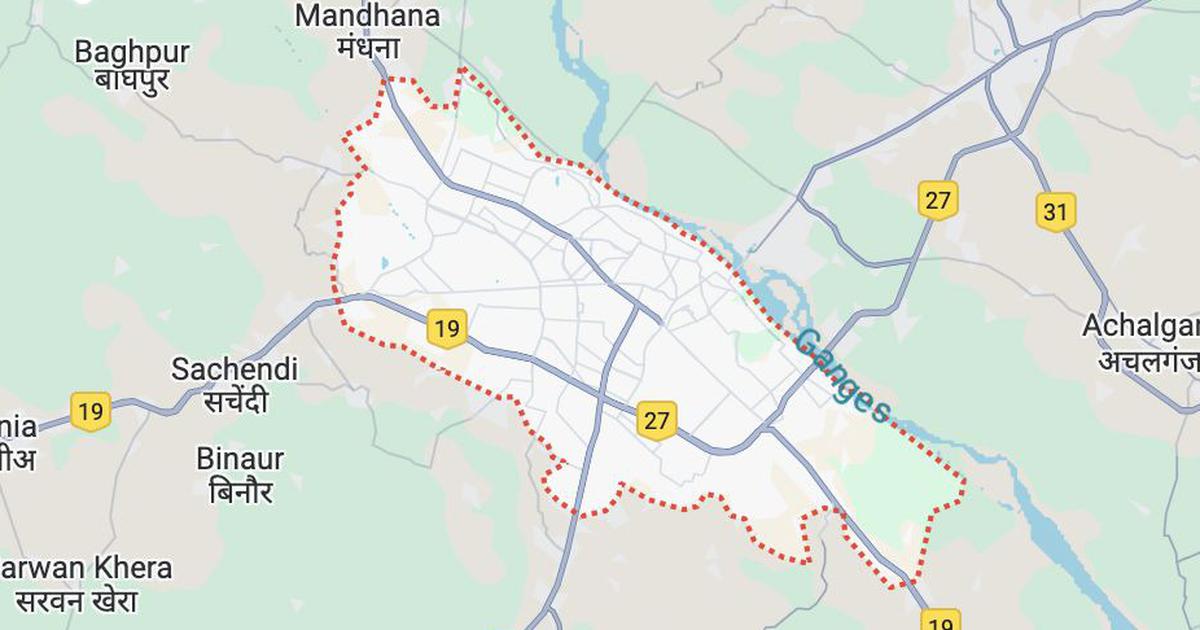
Sarwari Jahan is an Accredited Social Health Activist in her early 30s who works with a primary health clinic near Lucknow’s Jama Masjid. Her only daughter, Zoya, was in class sixth before the pandemic-induced lockdown shut all schools across India in 2020.
Zoya, who was studying at a government school in the city’s Chowk area, used to look forward to her classes, meeting her friends, participating in extra-curricular activities (particularly dance) and sports (mostly badminton) before the pandemic.
But after the lockdown was put into effect in March 2020, schools abruptly switched to a “remote-learning” mode, communication with teachers could take place over only over smartphones. Meetings with friends was not possible and there were no extra-curricular activities.
Jahan was among the people researchers from the Centre for New Economics Studies interviewed as part of a project in Lucknow and Pune to assess the impact of the pandemic on lives and livelihoods.
When classes moved online, she bought a smartphone for her daughter for Rs 6,000 from her savings. But over time, Sarwari observed that Zoya had lost her motivation to study and her attention was trailing off. For most days, the scheduled online classes did not take place. For someone who enjoyed group-based learning exercises, Zoya found herself lost as she sat in front of the small electronic device.
Internet connections for most students were quite poor, which caused disruptions through the sessions.
Tests and homework questions were shared over WhatsApp. Learning outcomes worsened. Once a topper in class, Zoya felt she was not keen to learn or even engage with her teachers.
Moreover, as was the case with most frontline health workers, when Jahan was put on an emergency Covid-19 medical duty, all correspondence for her work was over WhatsApp, requiring constant communication with the staff of her Public Health Centre. For this, she needed a smartphone.
Unable to afford another smartphone, Jahan feared she would lose her job and began to use the one she had bought for her daughter.
As Zoya started spending more of her time doing household chores and continued to miss her remote-learning lessons for months, she ultimately dropped out of school. She has been out of school since July 2020.
This is not just Zoya’s story.
The rising dropout rate at Indian schools
Millions of young children across India have found themselves in this predicament over the last year and a half. Many parents like Jahan, with limited means and vulnerable jobs, have been forced to sacrifice their children’s education to make ends meet themselves. Children have dropped out of school and girls have been expected to do more household work.
In a field study by our centre in Lucknow, Pune, Bhopal, Jhansi, and Katni focusing on daily-wage workers, domestic workers and frontline reproductive health workers, more than 95% of our respondents mentioned that their child had either dropped out of school or had stopped learning in the “remote learning” format.
Some might argue how the impact of the pandemic and the indifference reflected in the government’s response (or failure) to prioritise children to go back to school—by increasing vaccinations and creating better arrangements—is not part of only the Indian story.
Latin America, where pandemic wreaked havoc last year and early of this year, experienced one of the longest school shutdowns anywhere in the world, nearly 16 months in some areas.
The World Bank estimates that nearly 1.8 million children abandoned education in Mexico because of the pandemic or economic hardship. Ecuador lost almost 90,000 primary and secondary school students. In Peru, the number was almost 170,000. These numbers are likely to be far worse as many children may “statistically be missing” in official estimates.
Besides, many of those still enrolled are struggling.
Yet, as a teacher, I am deeply disappointed and frustrated with our own government’s response.
At a time when all forms of “essential” economic life—malls, shopping complexes, cinema theatres, gyms, salons, spas and sports complexes—are all being “reopened” and life is gradually returning to normal, reopening schools and universities has been the government’s last priority. No one really knows why.
The Modi government’s approach
Even during the harshest of lockdown periods, there was very limited attention given to how education could be impacted by government decisions. With the switch to online learning, the digital gulf was exacerbated across social and income classes. Many children like Zoya either could not get smartphones or found it difficult to learn online.
Elite institutions and universities with preexisting digital infrastructure and available financial capital invested in technically scaling up online learning.
Still, even where remote learning made lectures possible and reachable for those who could afford it, aggregate “learning outcomes” and the “motivation to learn” dwindled among many Indian students. Most universities and higher education institutions have struggled with this too. At my own university, a private elite institution, we have observed how mental health concerns drastically scaled up amongst students, with most students finding it difficult to learn well (or concentrate) through the online platform.
For teachers too, the challenge to pedagogically adapt to online teaching, keep students engaged-motivated to learn across a semester, has been hard (see here for a discussion on how the gendered impact of this have worst affected women).
From a policy perspective, it is hard to understand the Modi government’s approach towards education. Last year, the prime minister unveiled his government’s ambitious National Education Policy, an elegant prescription for transforming India’s education landscape that took decades for consultation, coming with a 6% GDP spending commitment to education. We have not seen much progress in this regard.
I earlier argued how this policy plan, as important and well-drafted it may be, may continue to suffer from “bureaucratic overload” in times to come.
But more than the execution, what must be questioned is the intention of current governments (including those in states) to get most students back to school and universities. Suggestions to create a “blended classroom” environment where learning is used by both offline and online methods and techniques of teaching have been widely floated.
A few of us argued for tapping into the widespread public broadcasting network to increase “on-demand” delivery of educational content (for each school subject) in areas where lockdown is strictly needed. Schools and colleges need greater financial support to adjust their teaching-learning ecosystems to a post-pandemic reality. Alas, nothing concrete has been done.
Despite a political leadership that boasts about India’s “demographic dividend” and its unique potential in a rapidly ageing world, there is so much more that the government could do to help students. Unfortunately, as each day passes by, and our children stay away from educational institutes, the governments are doing irreversible harm to them and to India’s future.
This story first appeared on qz.com






